“Clean beauty” has become one of the most common buzzwords in skincare and cosmetics. But what does it really mean?
Depending on the brand, it might mean toxin-free, non-synthetic, environmentally conscious — or something else entirely. And that’s exactly the problem.
Despite being everywhere, “clean beauty” is an unregulated term. Brands can use it however they like.
In this post, we’re breaking down what clean beauty typically implies, where it often falls short, and how to spot when it’s being used as a marketing gimmick rather than a meaningful standard.
⚠️ There’s No Legal Definition of “Clean”
Unlike terms like “organic” or “cruelty-free” (which still have gaps, but at least have some recognized certification), the word clean means whatever the brand wants it to mean.
That might include:
- No sulfates or parabens
- Fragrance-free
- No “toxic” or synthetic ingredients
- Responsibly sourced
- “Made with plants” or essential oils
But it might also include:
- Animal testing
- Animal-derived ingredients
- Petroleum-based fillers
- No certifications whatsoever
So the first thing to know: clean beauty isn’t a guarantee of safety, ethics, or sustainability.
🌱 What Most Brands Mean by “Clean”
Many “clean” beauty brands use the term to suggest they:
- Avoid known harmful or controversial ingredients (like phthalates, sulfates, parabens)
- Use fewer synthetic chemicals and preservatives
- Focus on skin-safe, “gentle” ingredients
- Include some plant-based or naturally derived materials
This isn’t inherently bad — in fact, it’s a great direction when done transparently. The issue is that there’s no consistency or third-party verification.
And worse: the clean label rarely addresses ethics around animals, workers, or the environment.
🧪 Clean Doesn’t Mean Cruelty-Free
This is one of the most common misconceptions in ethical shopping.
Just because a product is labeled clean doesn’t mean:
- It wasn’t tested on animals
- It doesn’t contain animal-derived ingredients
- It was sourced with transparency or fairness
Brands might remove a preservative for being “harsh,” while still using carmine (crushed beetles) for color, or lanolin (from sheep’s wool) as a base.
Clean should mean more — but unless the label explicitly includes cruelty-free and vegan certification, assume it does not.
🌿 Greenwashing in the Clean Beauty Space
Greenwashing is when companies use nature-based branding to make products appear more eco-conscious than they really are.
Clean beauty is full of it. Look out for:
- Soft greens and beige tones to suggest natural ingredients
- Leafy logos, water drops, or flowers on packaging
- Buzzwords like “natural,” “gentle,” or “clean” with no backup
- No certifications, even though claims imply sustainability or safety
This visual language is meant to make you feel something — not inform you.
Always check the ingredient list, sourcing policies, and certifications.
✅ What to Look for Instead
If you care about clean and ethical beauty, here’s what matters more than marketing:
- Cruelty-free certification (Leaping Bunny, PETA, CFI)
- Vegan certification (Vegan Society, Certified Vegan)
- Full transparency about sourcing and ingredient safety
- Sustainable packaging (recyclable, refillable, or compostable)
- Ingredient definitions clearly explained on the brand’s website
Bonus: Grab our Cruelty-Free Ingredient Checklist to help decode labels faster.
✨ Clean Beauty That Does It Right
Some brands genuinely care about creating products that are:
- Kind to skin
- Free from known irritants or toxins
- Ethically sourced
- Not tested on animals
- Completely plant-based or vegan
- Safe for people and the planet
The best brands don’t just say “clean” — they define it, prove it, and live it across everything they do.
Look for:
- Ingredient lists that are readable and understandable
- Packaging that highlights certifications clearly
- Honest messaging that goes beyond fluff
If you’re unsure, check the brand’s FAQ or sustainability page. If there’s no info — that’s a red flag.
Final Thought
Clean beauty can be a meaningful commitment. But only when it’s paired with action, transparency, and real values.
Ask questions. Read labels. Don’t be afraid to email a brand for clarity.
Because clean should mean more than a color palette. It should mean care — for people, animals, and the planet.
💄 Take the Quiz: How Ethical Is Your Beauty Routine?

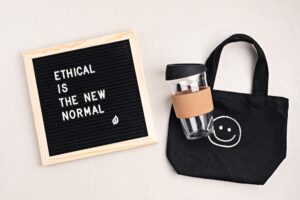
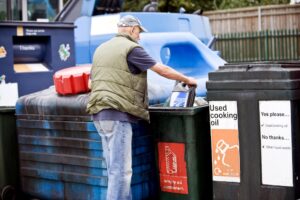
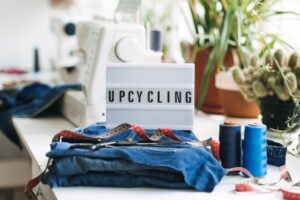
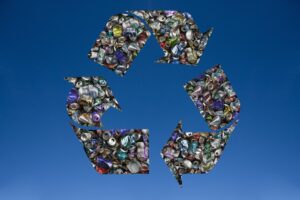


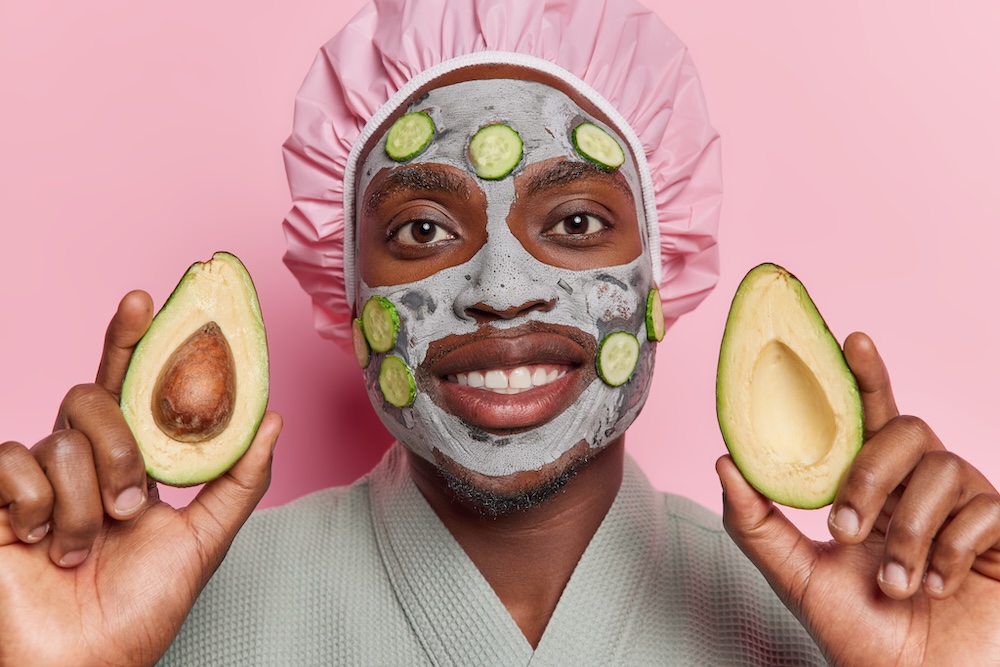

Reader Interactions